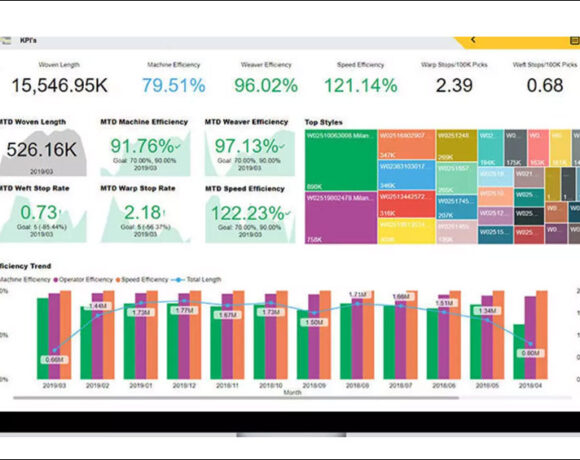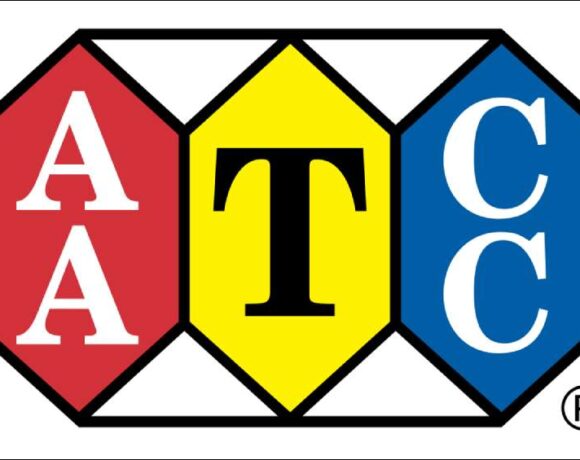CAI Maintains Cotton Pressing And Supply Estimates For 2023-24 Season

The Cotton Association of India (CAI) has released its latest estimate for the cotton pressing numbers for the 2023-24 season. Despite various challenges and uncertainties, the CAI has decided to maintain its previous estimates for the ongoing season.
According to the latest data released by CAI, the total cotton pressing estimate for the 2023-24 season remains unchanged at 309.70 lakh bales of 170 kg each, equivalent to 324.99 lakh running bales of 162 kg each. This decision was made after thorough consultation with members of 11 cotton-growing state associations and other trade sources.
As of the end of March 2024, the total cotton supply is estimated to be 297.03 lakh bales of 170 kg each, comprising arrivals of 263.13 lakh bales, imports of 5.00 lakh bales and an opening stock of 28.90 lakh bales. Meanwhile, cotton consumption up to the end of March 2024 is estimated at 165.00 lakh bales, with export shipments reaching 18.00 lakh bales during the same period.
Looking ahead, the CAI has maintained its total cotton supply estimate until the end of the 2023-24 season at 359.00 lakh bales of 170 kg each. This includes an opening stock of 28.90 lakh bales, cotton pressing numbers estimated at 309.70 lakh bales and imports estimated at 20.40 lakh bales for the season.
Key highlights from CAI cotton crop report
- Cotton consumption for the 2023-24 season remains steady at 317 lakh bales, with consumption up to March 31, 2024, estimated at 165.00 lakh bales.
- The CAI Crop Committee has retained the cotton pressing estimate at 309.70 lakh bales based on input from upcountry associations and trade sources.
- Cotton imports for the 2023-24 season are maintained at 20.40 lakh bales, reflecting an increase compared to the previous season.
- Cotton exports are estimated to be 22 lakh bales for the 2023-24 crop year, indicating an upward trend compared to the previous season.
- The closing stock as of September 30, 2024, is estimated at 20 lakh bales, lower than the previous year’s closing stock.















